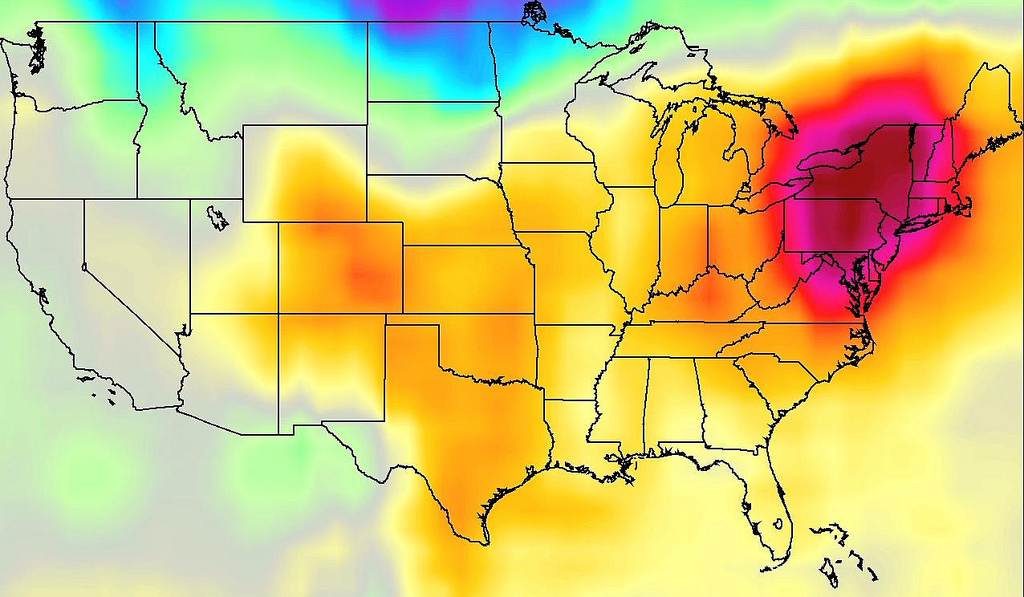Heat Wave Risk Perceptions

Extreme heat events are currently the leading weather-related cause of death in the United States, and can have significant impacts on vital social systems including food, water, energy and infrastructure. As a result of climate change, such events are projected to increase in both frequency and magnitude in the future. Prior studies suggest that individuals’ perceptions of heat risk are shaped by a combination of socio-environmental context and recent heat event experience—extreme heat events at the beginning of the summer, for example, tend to result in greater mortality than subsequent events.

In this project, YPCCC collects survey data to investigate the role of socio-environmental context and personal experience on perceptions of heat risk at varying scales in the United States. By examining how perceptions of heat risk are jointly shaped by personal experiences with severe heat and socio-environmental factors like age, gender, and geography, YPCCC researchers are developing greater understanding of risk perception for extreme heat events at the individual, local, and county scale. Emergency managers and policymakers can leverage this information to target at-risk communities before a major heat event occurs.
Check out our articles in this project:
Americans are Becoming More Worried About Extreme Heat
More Educational Outreach on Extreme Heat Needed in the Midwest and Southwest
Beat the Heat: Extreme Heat Risk Perceptions & Air Conditioning Ownership in California
Public perceptions of the health risks of extreme heat across US states, counties, and neighborhoods
You can also find more results on our blog.
This project is undertaken with generous support from the National Science Foundation (#DRMS-1459872). For more information, contact Jennifer Marlon (jennifer.marlon@yale.edu).
Header image photo credit: https://www.flickr.com/photos/atmospheric-infrared-sounder/